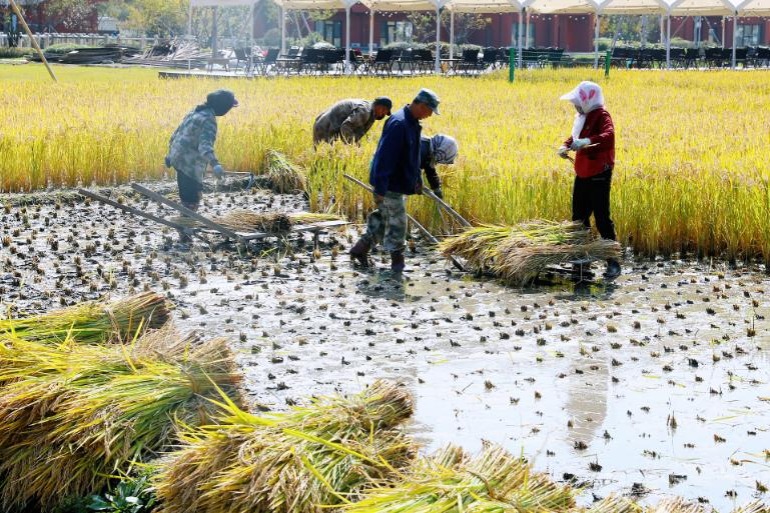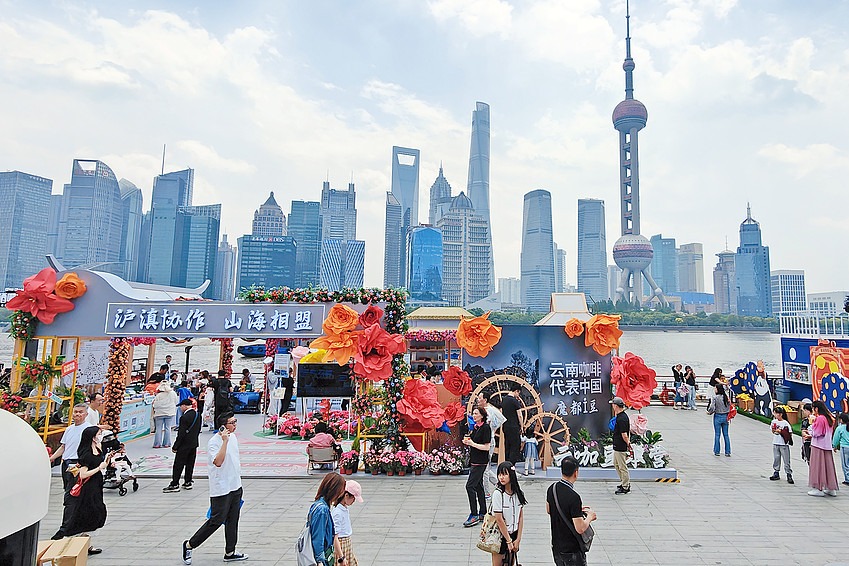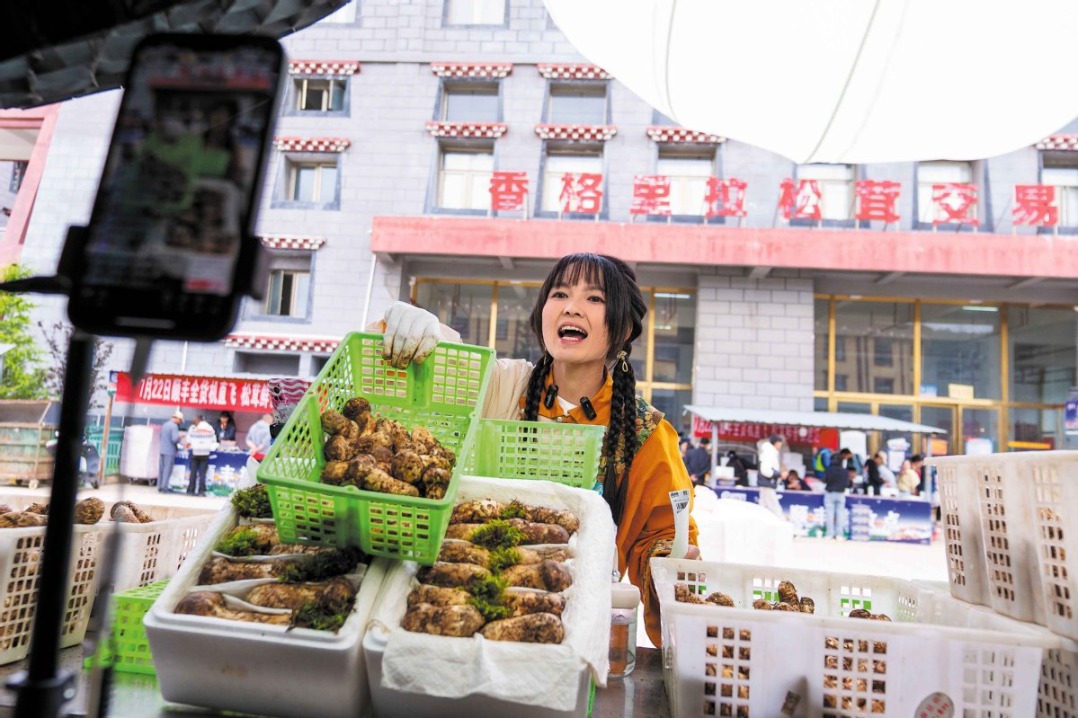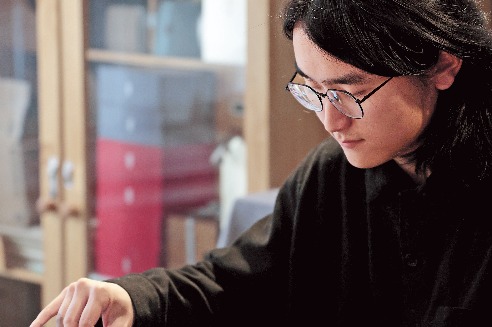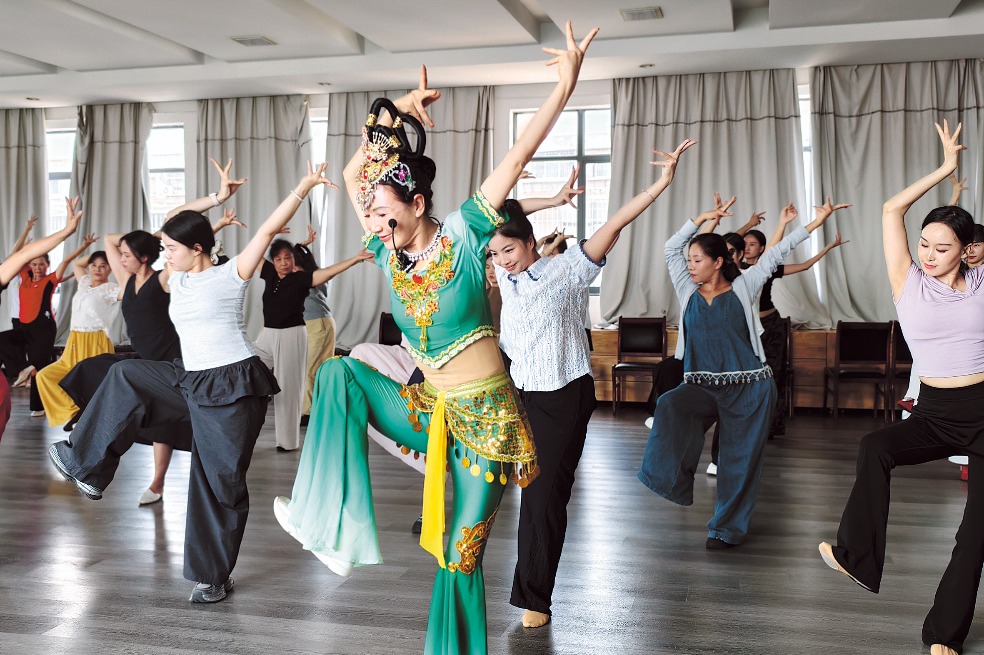Crested ibis soars again on the back of conservation efforts

Known as the "oriental gem", the crested ibis is a critically endangered bird species. In 1981, only seven wild individuals of the bird were discovered in Yangxian county, Shaanxi province, which were believed to be the last remaining of their kind.
Thanks to over four decades of dedicated conservation, the global population of the crested ibis has now surpassed 10,000, with roughly 6,000 of them in Yangxian.
The significant achievement has come about due to the consistent efforts of local authorities to enhance in situ conservation for the species, according to Wang Chao, a senior expert with the Hanzhong Crested Ibis National Nature Reserve.
Hanzhong is a prefecture-level area that oversees Yangxian.
Soon after the discovery of the seven wild crested ibis, local authorities introduced a slew of measures to protect the species, including banning blasting excavation and the use of pesticides and chemical fertilizers, he said.
Wang particularly emphasized the enhanced conservation measures implemented during the breeding season of the crested ibis.
During this period, observation shelters were established, and continuous 24-hour monitoring was conducted to protect the birds from natural predators and human interference, he said.
He said these measures significantly contributed to successful natural breeding, thereby directly increasing the population size of the species.
Wang said that the ongoing conservation efforts for the crested ibis in Yangxian have resulted in not only ecological benefits, but also social and economic gains.
Thanks to the improved natural environment, many other endangered bird species once absent from the area, such as the white-tailed eagle and glossy ibis, have now made their appearance in Hanzhong.
Meanwhile, the local organic agriculture industry has experienced rapid growth, he continued.
Wang's remarks were endorsed by Hua Ying, a male villager from Caoba village in Yangxian.
Hua said in 1993 only seven crested ibises lived around the village, compared to roughly 700 now.
"Now we can sometimes even sight crested ibises when sitting at home," he said.
After years of practicing green farming without the use of pesticides and chemical fertilizers, many local farm produces have reached organic standards, he said.
Hua noted that he has witnessed the price of regular local rice rise from 2 yuan (28 cents) per kilo to 6 yuan and even exceed 20 yuan.
"This has truly benefited villagers," he said.
- Crested ibis soars again on the back of conservation efforts
- China launches emergency response after quake strikes SW China's Sichuan
- Last 15 hikers rescued from Qomolangma snowstorm
- The guardians
- Domestic tourism sees a boom during holiday period
- Xi to attend opening ceremony of the Global Leaders' Meeting on Women, deliver keynote speech
















